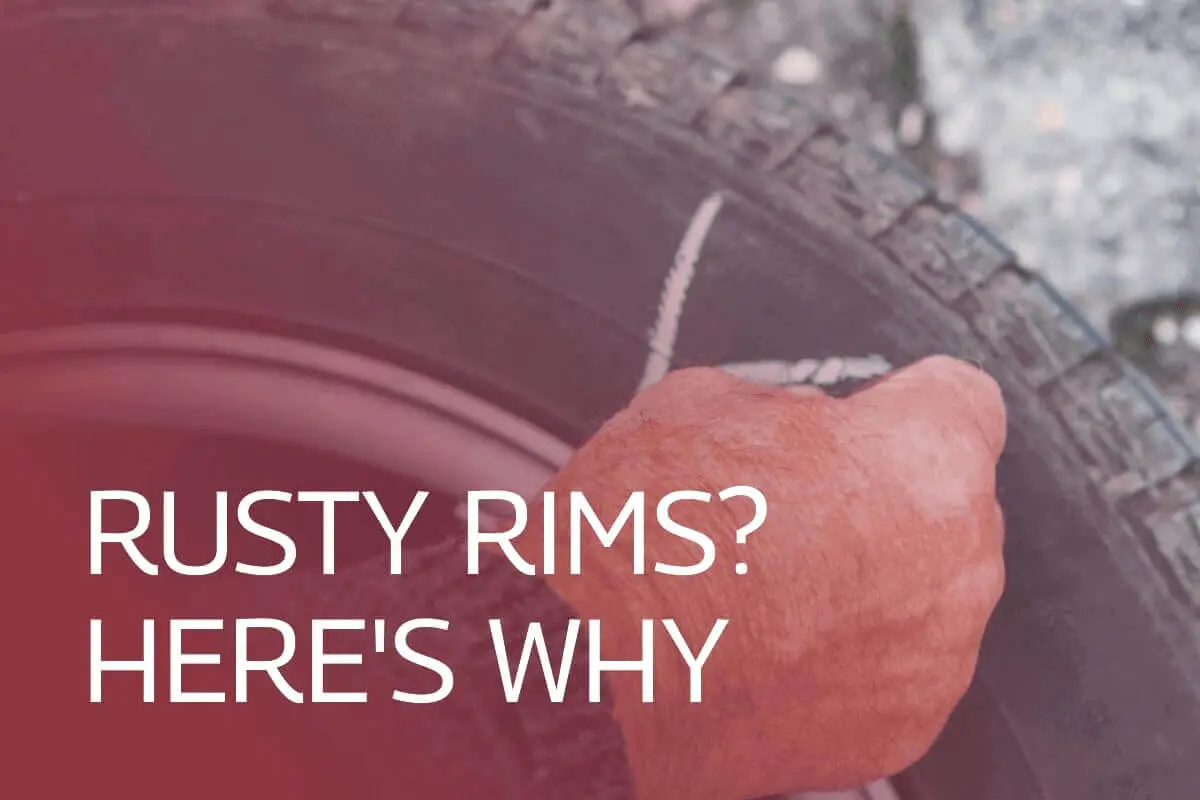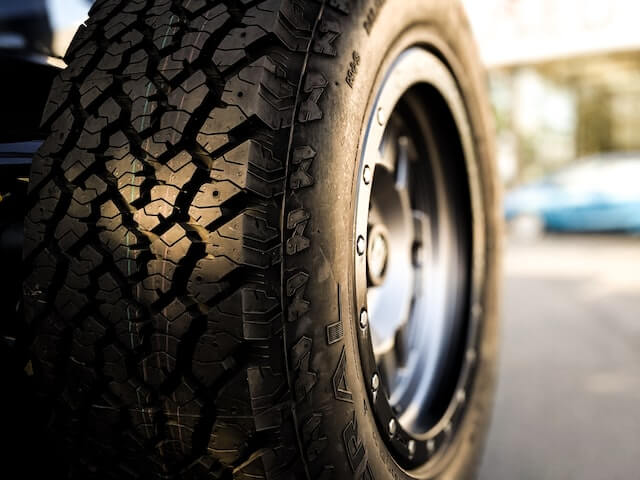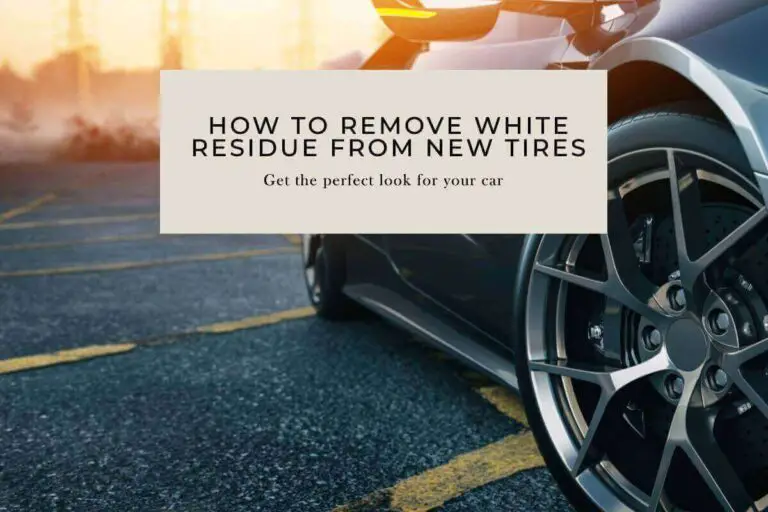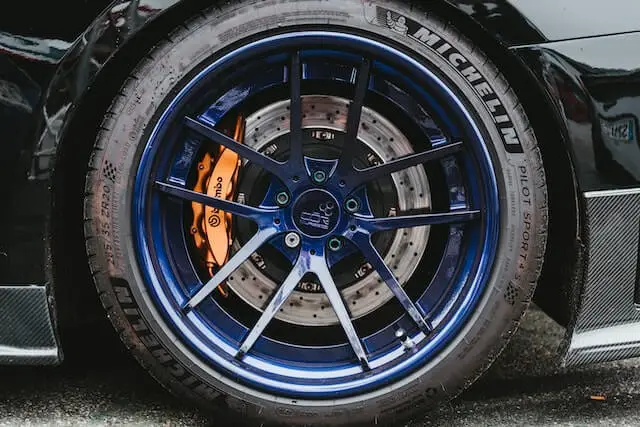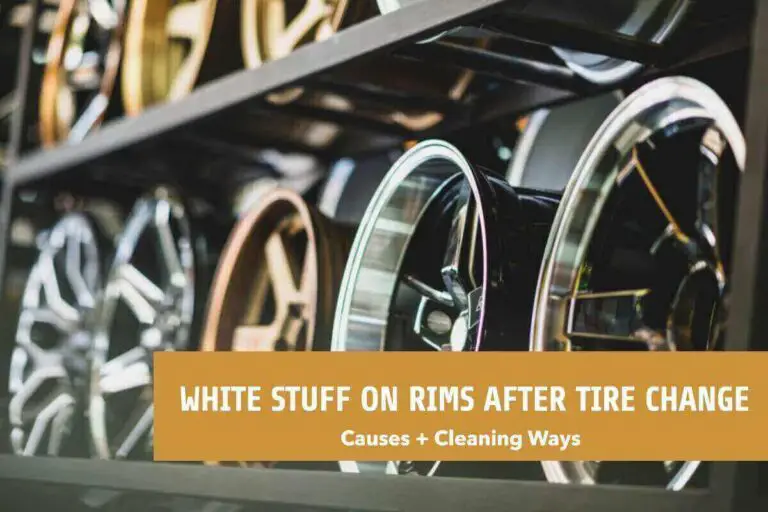Are you noticing your car’s rims turning brown? If so, you’re not alone. Many car owners are finding themselves wondering why are my rims turning brown.
Let’s take a look at the possibilities, and prevention tips that you can use to keep your rims looking like new.
Why Are My Rims Turning Brown
Having an issue with your car rims can be very frustrating. If you’ve noticed that your rims are turning brown, you may be wondering what could be causing this problem. There are many reasons why your car’s rims would be turning brown.
The following possible causes of why rims turn brown and what you can do to prevent or fix it. By the end of this article, you should better understand why rims are turning brown and how to address them.
1. Brake Dust Accumulation
Brake dust is a combination of fine metallic particles and adhesives produced when brake pads and rotors make contact. Over time, this dust can accumulate on your rims, especially if you have a heavy foot on the brakes.
The dust is typically brown or black and can be difficult to remove without proper cleaning. If left uncleaned, the dust can begin to bond with the metal of the rims, making it even harder to remove.
2. Corrosion
Corrosion occurs when the metal of your rims is exposed to oxygen and moisture for an extended period. It can cause the metal to oxidize and form rust, which can give your rims a brownish appearance. Corrosion can be caused by a variety of factors, such as road salt, harsh chemicals, and even the natural aging process of your rims.
3. Exposure to Moisture
Moisture can be a major factor in causing your rims to turn brown. If you live in a humid environment or park your car near bodies of water, your rims may be exposed to moisture that can lead to corrosion or oxidation. If you wash your car and leave water on your rims, the moisture can cause them to discolor over time.
4. Chemical Reactions
Chemical reactions can occur on your rims when they come into contact with certain substances, such as acidic or alkaline cleaning products or even certain types of road grime. These reactions can cause discoloration, etching, or even pitting on your rims.
5. Environmental Factors
Environmental factors, such as exposure to sunlight or extreme temperatures, can also cause of why are my rims turning brown.
UV rays can cause the finish of your rims to fade or become discolored, while extreme temperatures can cause the metal to expand and contract, leading to cracking or corrosion.
6. Poor Maintenance
Finally, poor maintenance can also be a factor in causing your rims to turn brown. If you don’t clean your rims regularly, brake dust and other debris can build up and cause discoloration or corrosion. If you don’t protect your rims with a wax or sealant, they may be more susceptible to damage from environmental factors or chemical reactions.
How to remove brown stains from alloy wheels
When alloy wheels accumulate dirt and debris, they can become discolored and brown. Several factors, such as road salt, brake dust, iron particles from the brakes, and other pollutants in the air, typically cause this.
To remove these brown stains on your alloy wheels, you must follow the points below.
- Begin by washing the wheels with soap and water to remove loose dirt or debris. You can use a gentle wheel cleaner or car shampoo to do this. Make sure to rinse thoroughly and dry the wheels with a clean towel.
- Next, apply a wheel cleaner to remove brake dust or other tough stains from alloy wheels. Spray the cleaner onto the wheels and let it sit for a few minutes, as recommended by the product instructions.
- After the cleaner has had time to work, use a soft-bristled brush or sponge to scrub the wheels. Pay special attention to the areas where the stains are most visible. Be sure to use a gentle touch to avoid scratching the wheels.
- Once you’ve finished scrubbing, rinse the wheels thoroughly with clean water. Make sure to remove all traces of the cleaner. Dry the wheels with a clean towel.
- Finally, consider using a wheel polish or wax to protect the wheels and give them a shiny appearance. It can help prevent future staining and make it easier to clean your wheels in the future.
Overall, removing brown stains from alloy wheels may require a bit of elbow grease, but with the right tools and products, you can restore your wheels to their original appearance.
Prevention Tips
Regular cleaning is the best way to prevent your rims from turning brown. You should clean your rims at least once a month with mild soap, water solution, and a soft cloth.
When cleaning, be sure to rinse off all of the soap thoroughly, or else it may leave behind residue that will attract dirt and grime.
Avoid using harsh abrasive cleaners or scrubbing too hard, as this can damage the finish of your rims. After washing, you should also wax your wheels for additional protection against dirt and grime buildup.
Related: Tire Goes Flat While Parked
You should also protect your rims from salt exposure during winter months when road salt is often used to melt snow and ice on roads. It can cause corrosion on any metal surface, including your car’s rims, so be sure to wash them off after driving in snowy conditions.
You can also apply a coat of wheel sealant before winter arrives – this will help protect against salt corrosion while improving shine and preventing brake dust buildup.
Finally, ensure that you regularly check for chipped paint or scratches, which could lead to rusting if not treated properly; these areas are particularly vulnerable to rusting since they lack protective coating or paint over them. If you notice any chips in the paintwork, repair it quickly using touch-up paint to preserve the look of your wheels for longer periods.
Conclusion – Why Are My Rims Turning Brown
The cause of brown rims is a process called oxidation. It occurs when iron on the wheel interacts with oxygen in the air and moisture from rain and snow to form rust. Rust is an oxidized form of iron that appears as reddish-brown flakes or powder on metal surfaces.
If you notice discoloration on your rims, it’s important to take action quickly to prevent further damage and ensure that your rims maintain their appearance and functionality over time. I hope that this article has helped you to better understand why are my rims turning brown and how you can prevent them from happening in the future.
FAQs
What Is The Brown Residue On Rims?
The brown residue on rims is a combination of brake dust, road grime, and other environmental contaminants that accumulate on the surface of the wheels over time, resulting in discoloration.
How Do I Stop My Wheels From Oxidizing?
To stop wheels from oxidizing, you should clean them regularly with mild soap, water solution, and a soft cloth, and avoid using abrasive cleaners that can damage the finish. You should also protect them from prolonged exposure to moisture or salt and apply a sealant or wax to create a protective barrier.
Why Do My Rims Look Rusty?
Rims may look rusty due to exposure to moisture, salt, or other environmental factors. Over time, this exposure can cause oxidation and corrosion, leading to a brown or reddish appearance. Rims may also look rusty due to chipped paint or scratches that expose the underlying metal to the elements.

